Many people seem to believe that, because I support the concept of “Progress,” I believe that human history has been a long steady march towards better and better conditions. I believe nothing of the sort. In fact, one of the main themes of this Substack column is to emphasize the danger of ideologies to progress and humanity in general
Those people who think that I believe human history has been a long steady march towards better and better conditions apparently are confusing my beliefs with what is sometimes called “Whig History” which was presented by many British historians who are loosely affiliated with the British Whigs and Liberals.
To be clear, I believe that progress (here for a definition):
Did not start until sometime after 1200
Was restricted to a gaggle of Commercial societies in Northern Italy, Flanders, the Netherlands, and southeast England until the Industrial Revolution
Was radically accelerated in both rate and geographical scope by the Industrial Revolution
Has covered most of the world since 1990 (and yes that includes the time since the 2008 recession)
Has taken enormous negative swerves, largely due to the consequences of radical ideologies taking power in Europe and Asia.
Is very vulnerable to being destroyed by current and future ideological movements in the West.
See also my other articles and podcasts on Ideology:
Why Ideologies Threaten Progress (Part 1 of 3-part podcast series)
Why ideologies fail (podcast)
Descent into a man-made Hell: Understanding modern Totalitarianism (this article)
You might also be interested in reading my “From Poverty to Progress” book series:
Today, I want to talk about Totalitarianism. Totalitarianism is a set of related ideologies that seek to massively centralize power within the State and use it to transform society in a direction that matches their proposed ideal state. So Totalitarianism is both a category of ideologies and a category of regimes established to implement those ideals in a specific society.
Totalitarianism distinguishes them from authoritarianism, which typically just wants power. Authoritarians are perfectly willing to keep society as it is. Kings, emperors, chiefs, big men, and modern authoritarians, such as Vladimir Putin, just want to hold onto power. They are not interested in transforming their societies, so much as they want to extract material resources from the masses and distribute those resources to their supporters. Because of their more limited goals, authoritarians do not need to exercise as much control as Totalitarians (though they would gladly take greater control if given the opportunity).
I believe that the two dominant ideological categories for the 20th and 21st Century are:
Liberal Democratic Capitalism (which I will explain in another post).
Totalitarianism
Liberal Democratic Capitalism and Totalitarianism are two different models of governance for a modern Industrial society. Both models are modern and neither are appropriate for traditional societies that dominated humanity before the Industrial Revolution.
The core difference is that Totalitarians want to centralize as much power as possible in their hands, while Liberal Democratic Capitalists want to decentralize power to keep any one faction or interest from dominating. Liberal Democratic Capitalists copy the learning of pre-industrial Commercial societies (Northern Italy, Flanders, the Netherlands, and southeast England). Liberal Democratic Capitalists want to work within the established political, economic, religious, and ideological institutions, customs, and beliefs within society.
Totalitarians want to control those institutions or smash them.
The most important Totalitarian ideologies in history have been:
Communism
Fascism
There are other ideologies and regimes that might qualify (see a few examples below), but those are the ones that clearly do.
Totalitarians typically believe in industrialism, modern technology, science, logic, and reason, but they reject all the institutions and decentralization of power inherent to Liberal Democratic Capitalism. They want the benefits of Industrial society without the risk of losing their ability to force society to become an ideological utopia.
Totalitarians only trust themselves to have power, because they believe they are the only ones who know how to create the perfect society. Anyone who objects must be controlled or destroyed.
Typically people focus on the differences between Totalitarian ideologies and their regimes, including the following:
The content of their ideologies
The terminology used by the ideologies
The uniforms, symbols, and rituals
The content of the utopia promised by the ideologues (i.e. the desired end state)
The means by which each regime forced its control on society, particularly in the government
How much the rival Totalitarian ideologies hated each other and killed or imprisoned each other.
Which demographic groups are favored by the regime and ideology
Which demographic groups are the primary targets of repression
What these people ignore is that the general characteristics of these regimes shared far more in common with each other than their differences. Totalitarian regimes also greatly differ from both traditional pre-industrial societies and Liberal Democratic Capitalism. That is why the concept of “Totalitarianism” is very useful.
I have no problem with people pointing out the differences between Totalitarian ideologies and regimes. I do have a problem with people who claim that the three Totalitarian ideologies and regimes are so different from each other that the term is not accurate and useful.
I believe that many of them do so because they do not want others to see the hints of Totalitarianism in their own thinking. In particular, modern Leftists do not want others to recognize:
The strong similarities between Nazi Germany, Fascist Italy and Communist nations.
The strong similarities between modern leftist ideology and all three of those Totalitarian ideologies.
Totalitarian regimes have the following characteristics (which in sum are far more important than the differences between them):
Strong centralization of political, economic, religious/ideology power into the State. There are greater variations, however, in the amount of control over the economy and religion, but nothing like the freedom under Liberal Democratic Capitalism.
No legitimate distinction between the People, the Party, and the State. For a Totalitarian, they are all the same thing. This is perhaps the most distinctive trait of Totalitarianism (other than the centralization of power).
Total subordination of the individual to the State or other Party-controlled organizations
All political power is concentrated into one mass political party which has a hierarchical leadership
An almost complete intolerance for differences of opinion. Or more accurately, one can argue about the most effective method of implementing Party goals but nothing else (and even that is risky if you come out on the losing side).
All official power within the Party is controlled by one man or a very small group of men. All other Party officials may only make decisions that do not contradict those decisions.
Loyalty to the State and Party is deemed more important than loyalty to family, religion, region, corporation, community, or friends.
Elections are either non-existent, with only one viable candidate or so distorted by censorship and violence as to ensure that the results do no reflect public opinion
Fusion of State and Party at every level of government.
Bulk of economic transactions are controlled or heavily regulated by the Party. This is typically via the State, but it may be via other Party-controlled organizations. State power may be significantly lower for agriculture and small, local businesses.
Internal security services have almost unrestricted power, including the right to torture and execute without trial
Official ideology is injected into every institution in society, particularly education, youth organizations, and the media.
Official ideology is part of daily life and is inescapable outside the immediate family
Ideology includes unique and repetitive terminology that includes:
the creation of new words and
changing the definition of words from their common meaning.
Ideology separates people into favored groups and unfavored groups. Those groups are treated fundamentally differently by the State.
The unfavored groups suffer violent repression for no other reason than being members of that group
The ideologies had a distinctive religious and mystical character to them.
Ideological indoctrination is a key, perhaps the key, element of the education system and youth organizations. It was virtually impossible for children to avoid indoctrination, and children were often encouraged to turn against their disloyal friends and family.
The Party has almost total control over the media, including radio, newspapers, and television. All forms of media had to stay within narrow limits of what was acceptable to report.
A powerful military. This power gives the military a significantly greater amount of autonomy than other organizations. The military is subordinated to Party control by various means (loyalty oaths and Commissars).
Law enforcement, judicial, and penal systems are subordinated to Party oversight. The law is ultimately what the Party says it is. Party leaders are allowed to change their minds and create exceptions at will and without explanation.
Camps where outsiders and political opposition are placed, typically under harsh or life-threatening conditions. These camps are typically separate from prisons for criminals
Centralized economic planning with military production being deemed the most important sector of the economy. Heavy industry is prioritized above the consumer and agricultural sectors. The result is often a shortage of food and consumer goods.
Economic autarchy with opposition to dependence on international imports of critical raw materials, particularly those necessary for military production. All resources must be controlled by the nation. The result is often a military and foreign policy dedicated to conquering lands with vital resources that could otherwise be purchased via trade.
In addition to the arguments that I mentioned above, opponents argue against the concept of Totalitarianism with the following points:
The Totalitarian ideal of total control over every element in society by the Party was never fully achieved. In particular, there were some institutions of society that escaped total Party control.
The Party was not monolithic. There were factions within the Party who were in constant struggle with each other
Lower-level Party and government officials had some discretion over higher-level Party officials.
There are many regimes that do not clearly fall into either of the categories of Totalitarianism or Liberal Democratic Capitalism.
Examples include Authoritarian Socialism, regimes between the world wars in Central Europe, Francoist Spain, Salazar’s Portugal, Arab Socialism, Baathism, African Socialism, Islamic Jihad, many Leftist regimes in Latin America, and current Communist regimes in China and Vietnam.
All of the above points by critics are true, but they do not undermine the utility of using the category of “Totalitarianism.” Even if Totalitarians failed to establish the pure regimes that they imagined in their heads, their regimes differed greatly from Liberal Democratic Capitalist nations and traditional societies.
As for the last point, I am very open to a spectrum with Totalitarianism being on one side and Authoritarianism being on the other. As long as one does not try to force a Left-versus-Right notion on this spectrum, I think it can be quite useful.
I also do not think the typical Left-versus-Right distinction is useful for Totalitarian regimes and ideologies. The ideologies and regimes of Communism, National Socialism, and Fascism share far more in common than differences. and those differences cannot be explained by references to Left or Right. I will explore this more in future posts.
See also my other articles and podcasts on Ideology:
Why Ideologies Threaten Progress (Part 1 of 3-part podcast series)
Why ideologies fail (podcast)
Descent into a man-made Hell: Understanding modern Totalitarianism (this article)
You might also be interested in reading my “From Poverty to Progress” book series:

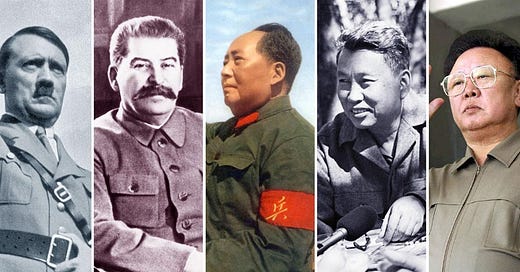




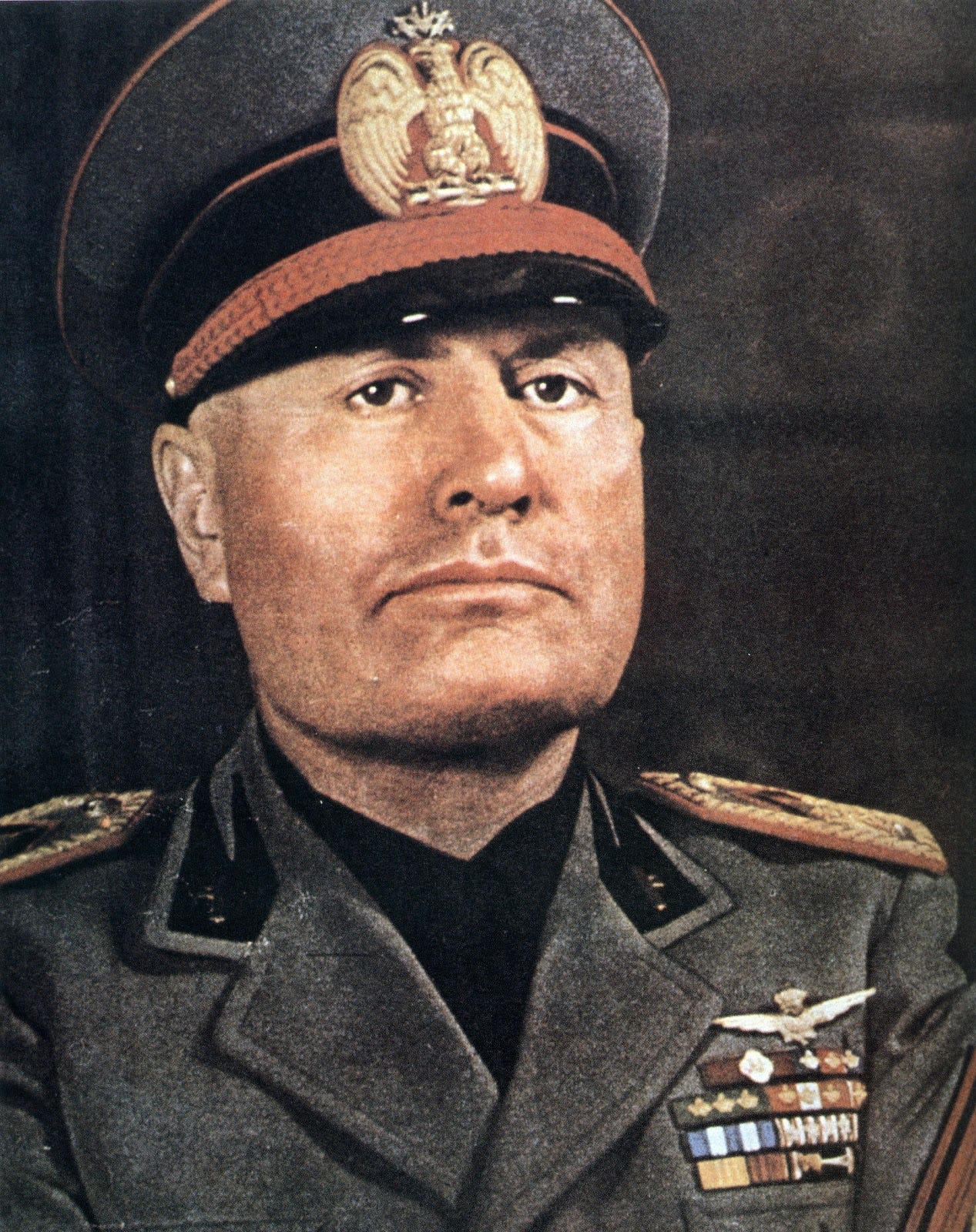
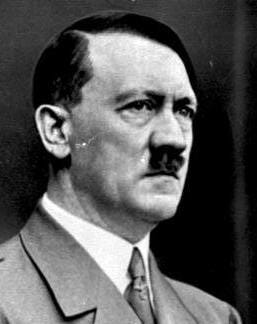
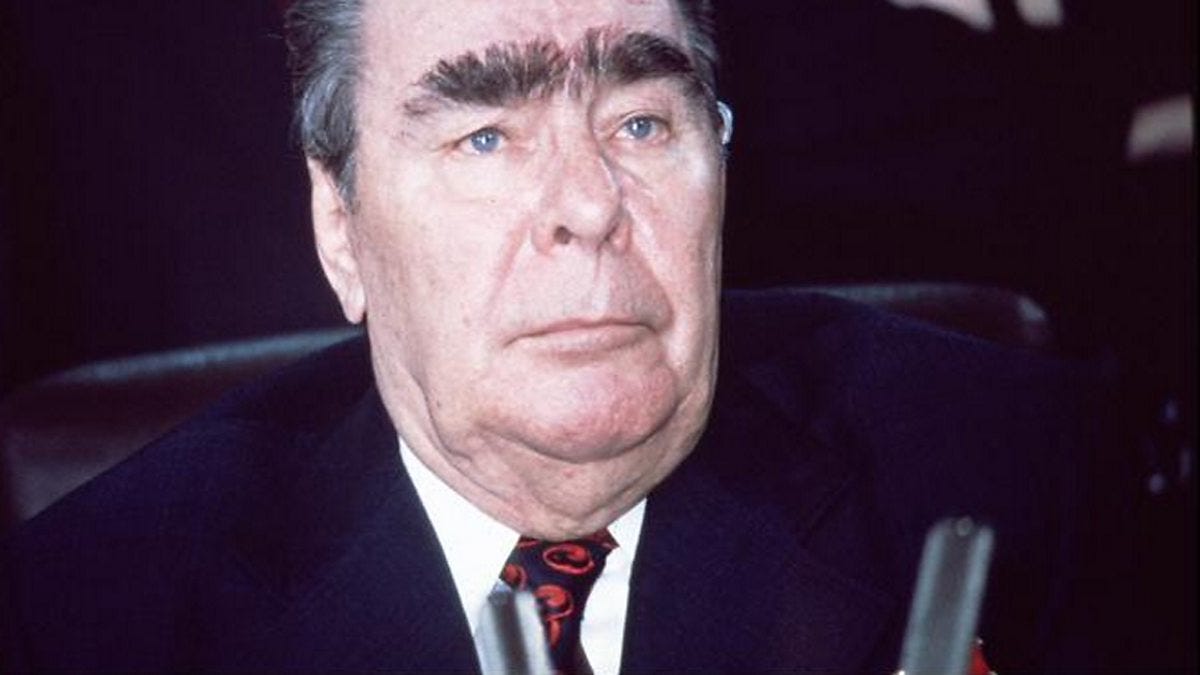
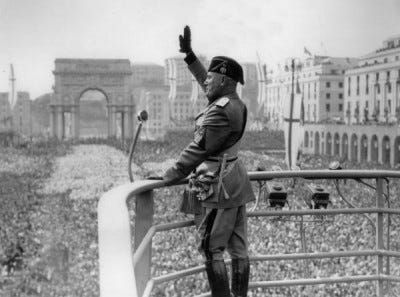
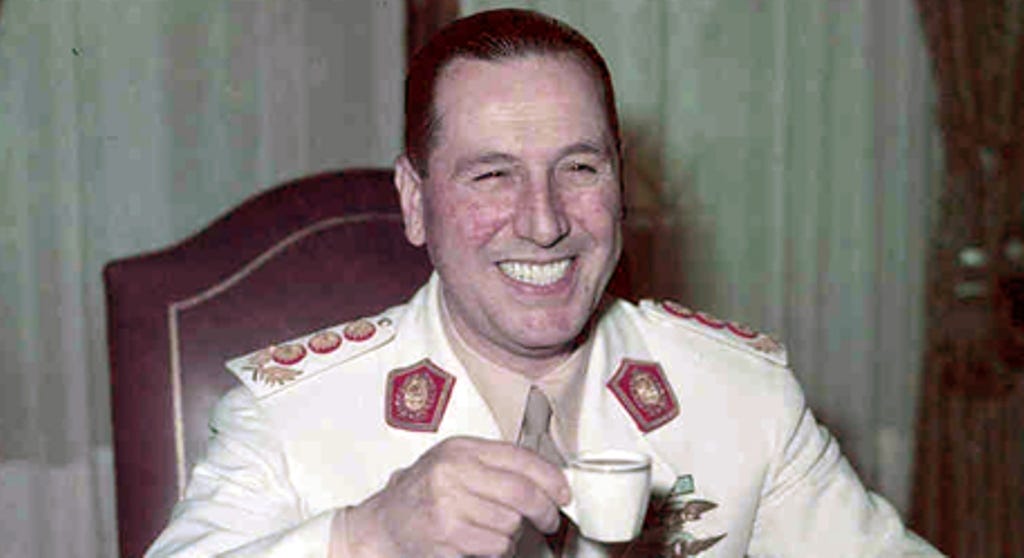
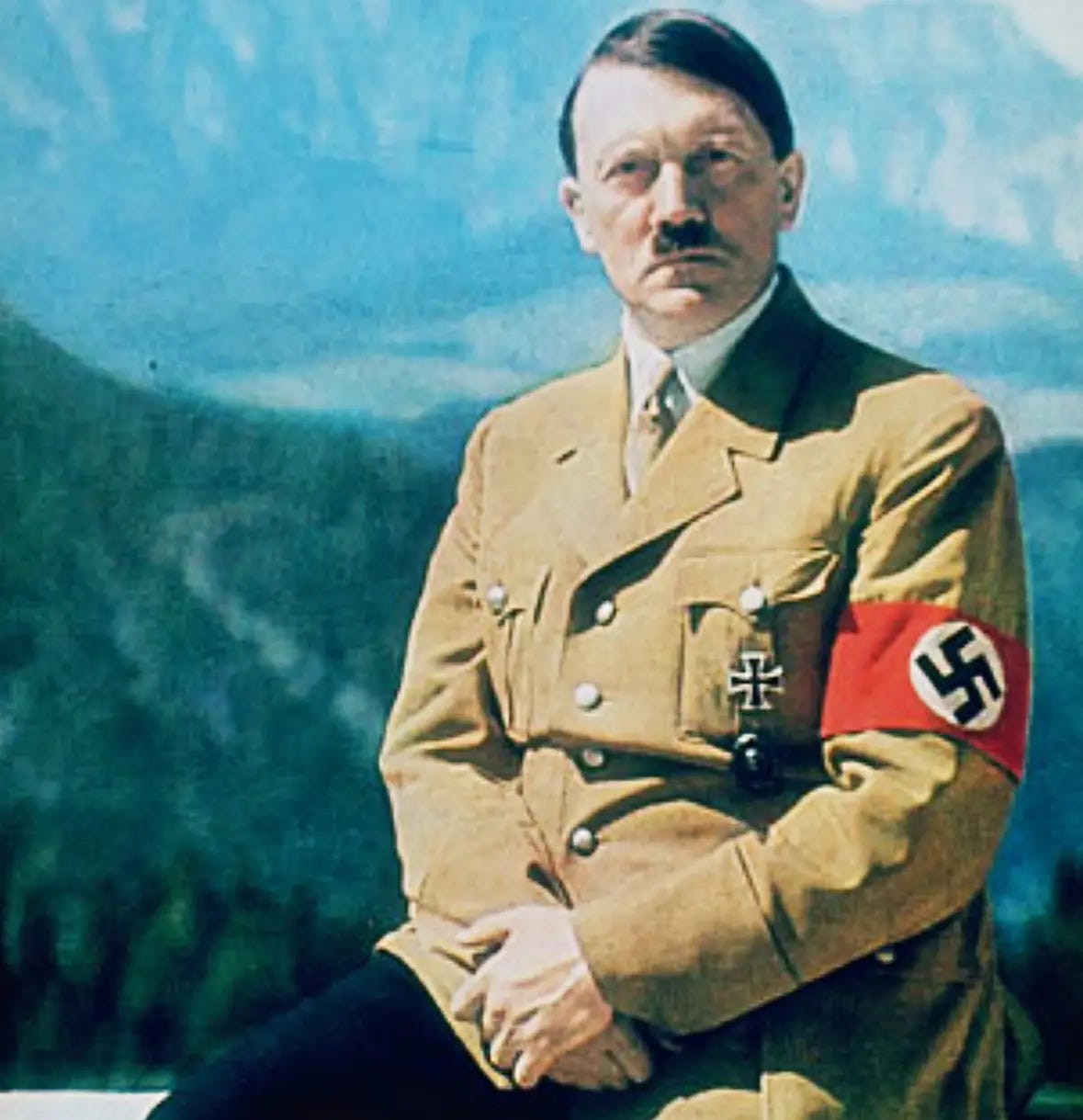
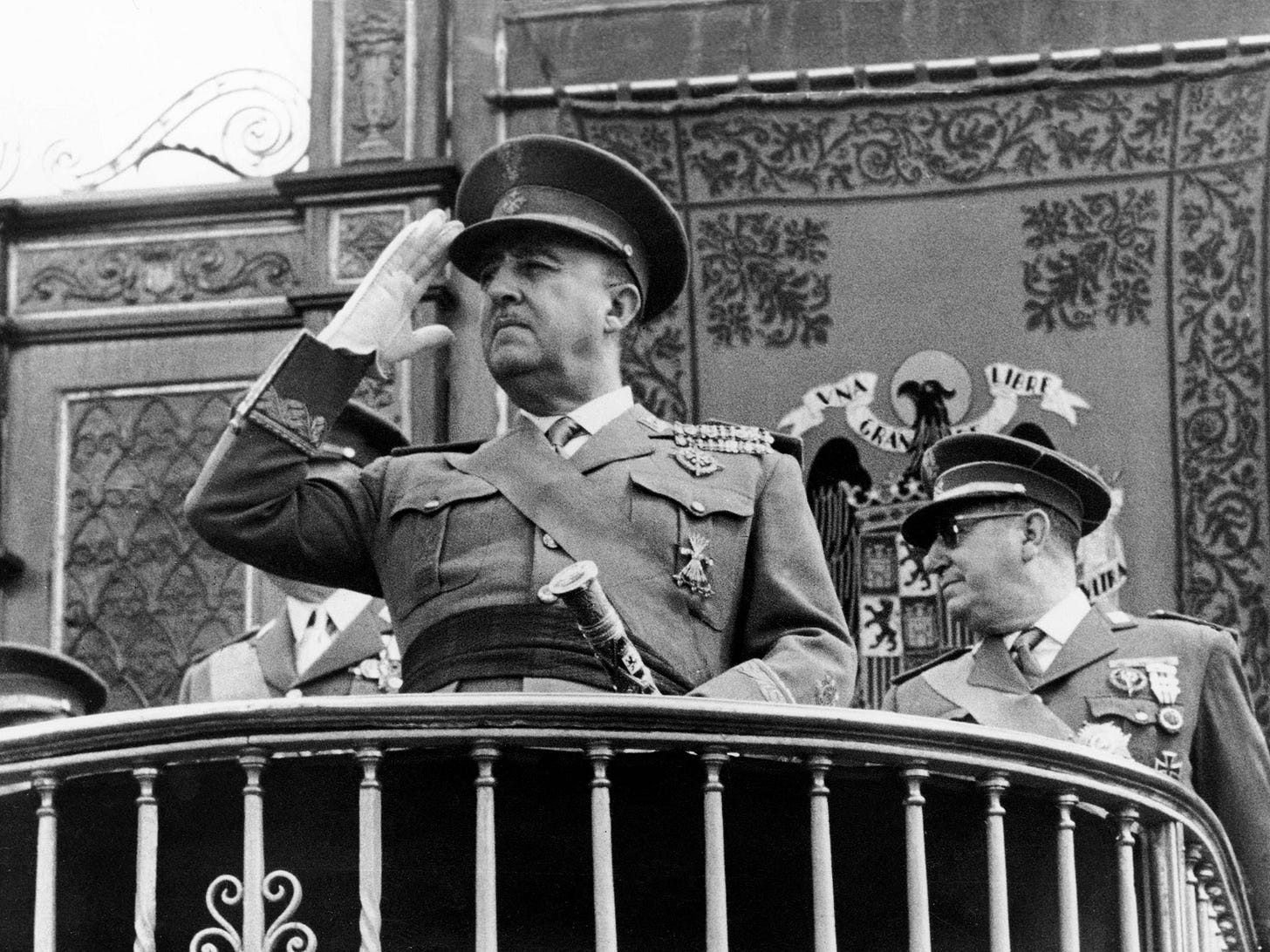
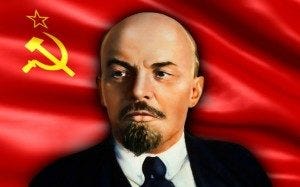
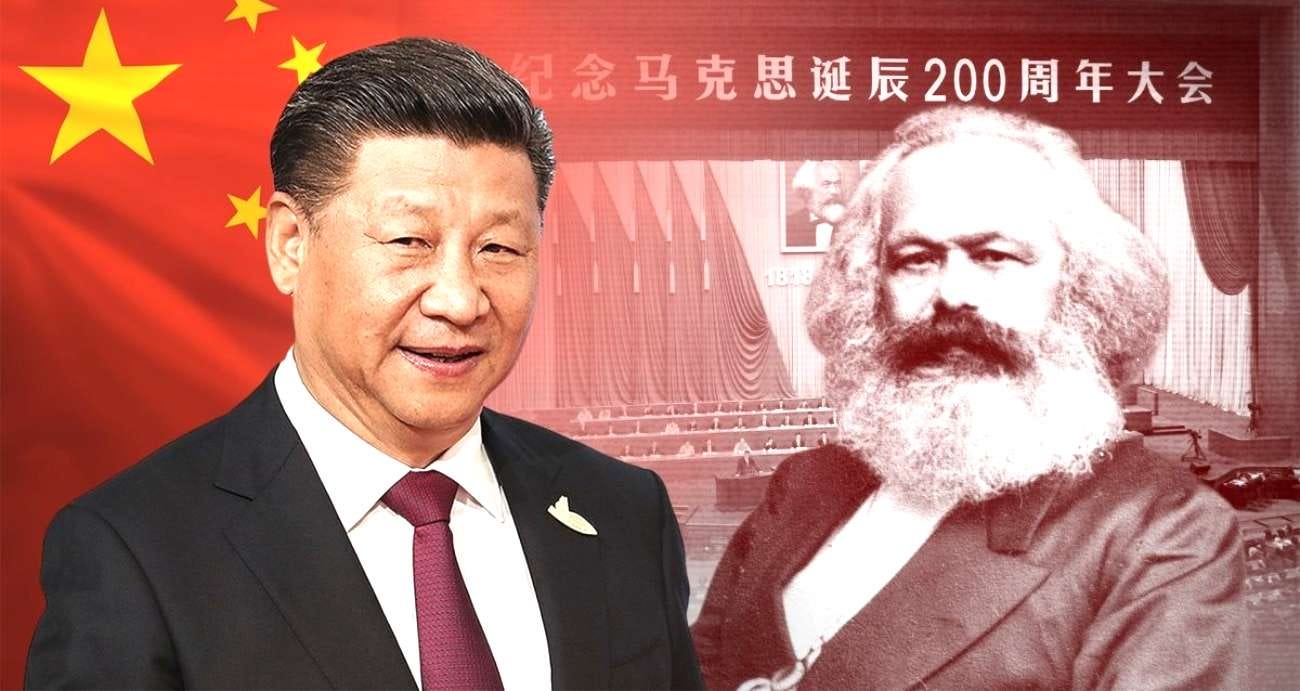
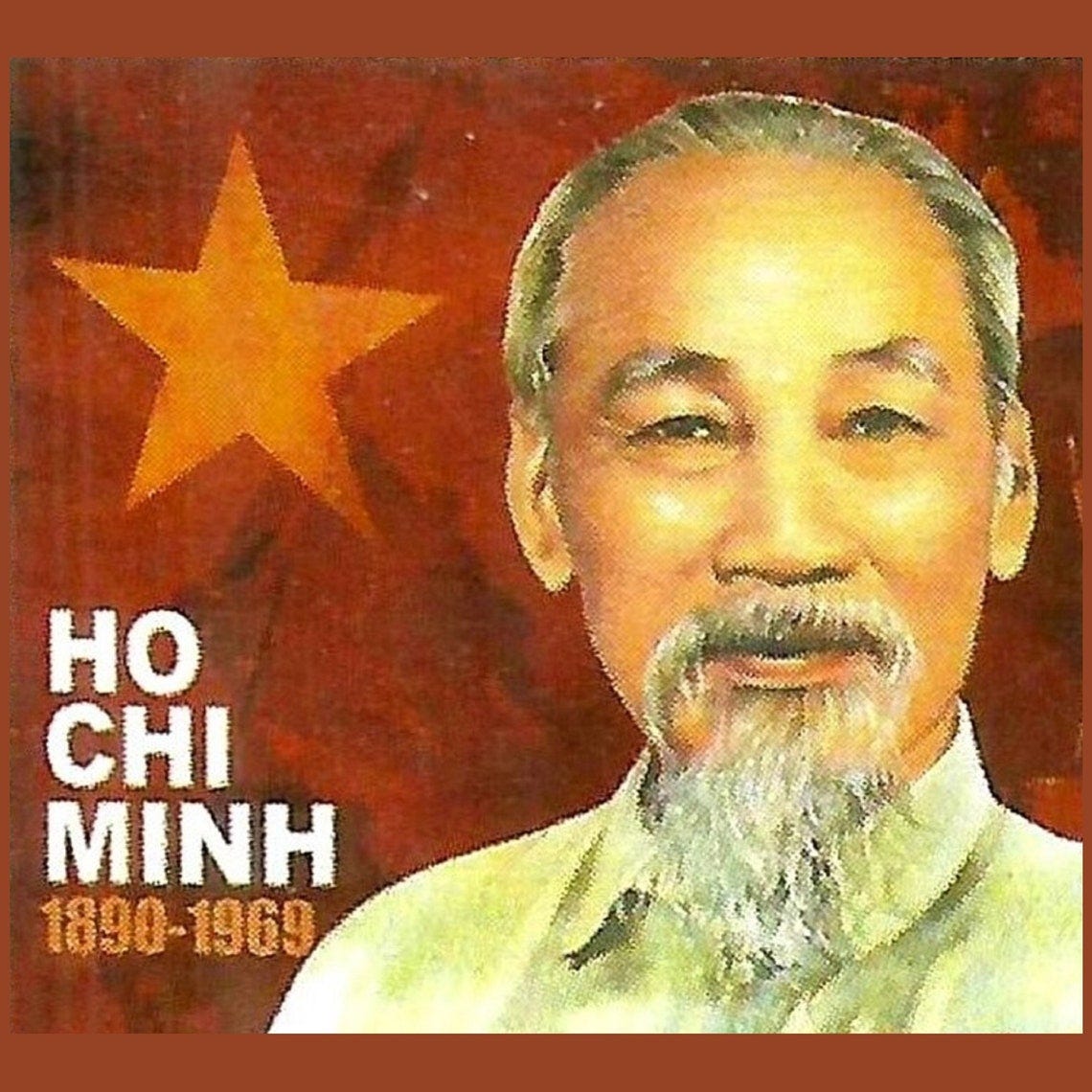
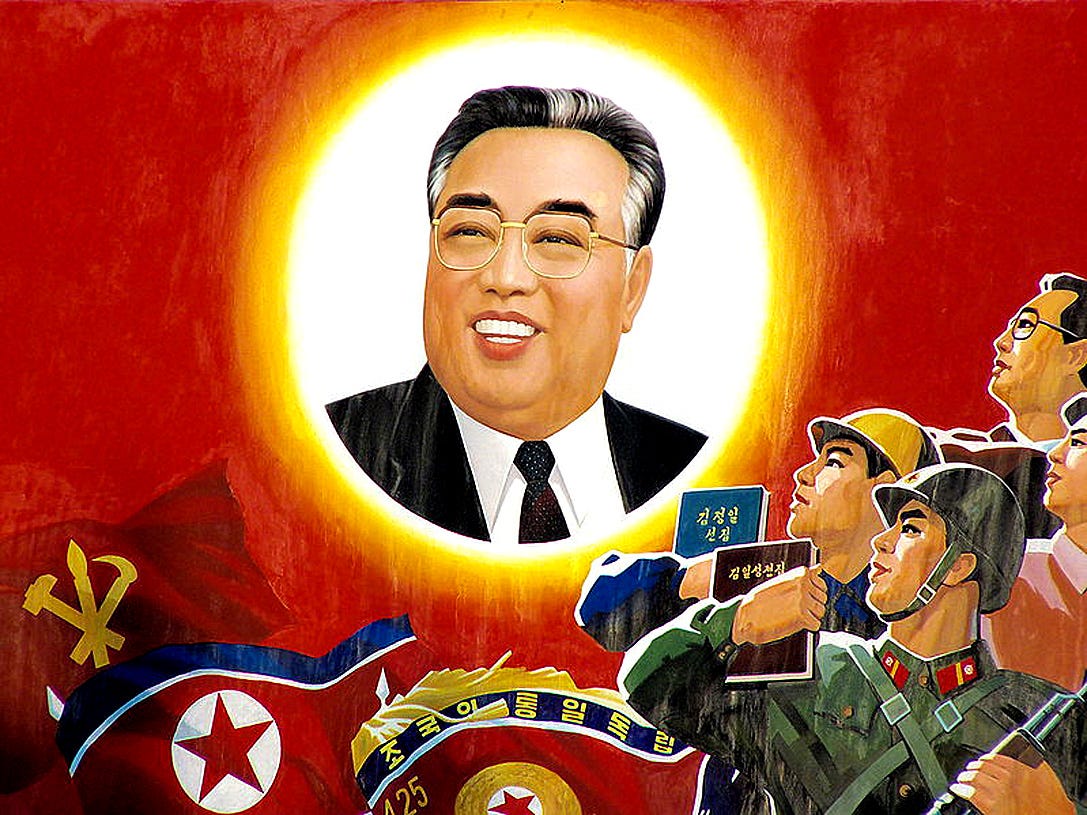
Is it fair to say that on "a spectrum with Totalitarianism being on one side and Authoritarianism being on the other", that the core metric is the degree of Party control as an institution, somewhat separate from the leader or leadership cadre? The Party IS the "Dynasty", not the family of the current most prominent personage? There is a Politburo or set of committees of increasing authority, but it is not all that important who is on a given committee, etc. at a given time? There might, be but does not have to be, a cult oriented around the leader/ leadership?
On the authoritarian end then, the set of courtiers assembled around the court (and the monarch or perhaps an oligarchy?) are not a Party in this sense since they have no established authority separate from that/those persons?
Reflecting on the typical transition of one authoritarian regime to another (the "Baron" rises up during or after the reign of the previous sovereign), what about the initiation of the Totalitarian state? Does the initiation of the T state require a charismatic leader promoting his own ideology or that of some poor intellectual schmuck who died in poverty? But eventually his role is subsumed into the history and mystic of the Party.
I suppose a transition between an A state and a T state could go in either direction (based on personality, interests, domestic or foreign disturbances, etc.)?